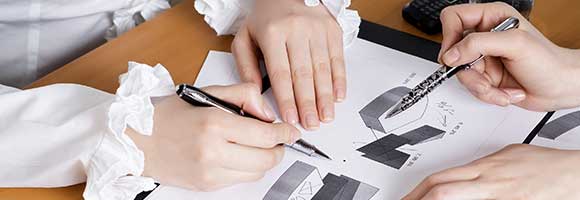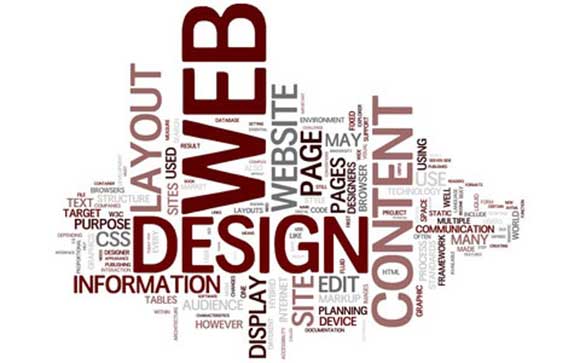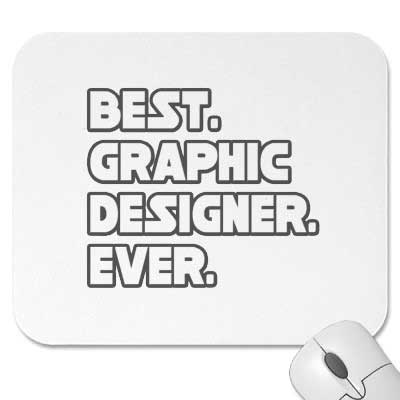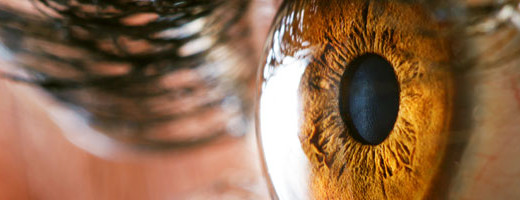What Happens When Two Design Authorities Collide?
0Marketing is key in business. Everywhere you go you see billboards, clothing tags, TV, radio, and posters. And with the advent of the techie era, it’s all over the whole world. The Net crawls with advertisements and websites and social media, all with the purpose of selling.

It’s far too easy to get lost in this gigantic universe. You want to stand out, so you get people who can make your marketing pop—the graphic designer and the web designer. One for print media and the other for web media, sharing the great advertising vision — you’ve got a match made in heaven. Then they bicker, and you don’t know why.
Related posts:
- Tips for Designing Email Newsletters
- What Designers Can Learn From Wildlife
- Tips for Building Professional Web Portfolios
- Are Web Designers Required to Know How to Code?
- Useful Online Graphic Design Resources to Improve Your Skills
- How to Avoid Losing Time for Freelance Designers
You see, graphic designers and web designers are two very different people. A graphic designer comes up with, well, graphics and type in order to create a marketing idea. Graphic designers have a great leeway because their work can appear in different ways—brochures, posters, tags, logos, and other print media. Their output may even appear on websites. A web designer essentially does the same thing, but his work is concentrated on websites and the Internet, using web design code such as HTML (Hyper Text Markup Language), CSS (Cascading Style Sheets), and programs, such as Fireworks and Dreamweaver in order to incorporate his designs.

Web designers must work within certain limits because efficiency is the priority when it comes to creating a good website, and they must keep their graphics from interfering with the speed of the website. Because of the varying nature of their work, graphic designers and web designers sometimes have trouble working together. Here are their top 5 conflicts:
- Layout. Graphic designers work with a fixed width layout in general. It is a very precise, measured method that works well with print media, as the graphic designer works with page sizes that stay the same, allowing every output to look the same regardless of where it has been printed. This is not the case when it comes to a website. Given that every user has a different kind of computer with varying settings and monitor sizes, the web designer has no defined page size to work with. Therefore, “liquid design” is the way to go. In liquid design, the content is a percentage of the browser’s page width, and can adjust instantly to window sizes as they change. This allows the designer’s graphics to work on any screen, and makes it easier for readers to take in the website’s content without having to deal with too-wide layouts that require the use of scroll bars. This need for flexibility clashes with the graphic designer’s desire for exactness. Check Tips to Keep Yourself Challenged and Avoid Freelance Burnout.
- Design Precision. The graphic designer’s stable medium of print creates the need for perfection in every output. Colors must come in the right shade, the font must be as conceptualized, and the appearance of every ad has to come out as planned. However, the web designer’s dynamic medium of the Web has a different standard. Colors and fonts can render differently depending on a user’s screen resolution, brightness settings, browser, and the platform. If a certain color shade or a certain font is not supported by a user’s computer, it will be substituted with something different. Thus, a website never comes out exactly as envisioned.

- Design Simplicity. For a graphic designer, the aim is to really have an ad “pop”. This involves having catchy graphics, unusual fonts, and striking colors in order to get a potential customer’s attention. But for a web designer, simplicity is the goal. Fancy designs may not come out properly on a website, and may even ruin a user’s experience on the site due to hard-to-read content. The web designer chooses readability over flashiness, as the aim is to promote the content. This involves using simple color backgrounds with contrasting font colors to ensure that material is shown clearly regardless of a screen’s hue setting. Fancy fonts can also create a problem by taking too long to load, so a web designer may decide to veto a catchy but complicated font and opt for a simpler one that is easy to load, read, and is supported everywhere like Arial or Times New Roman. For a graphic designer, this may look unimaginative and uncreative. Check Useful Online Graphic Design Resources to Improve Your Skills.
- User Friendliness. On paper, creative design is valuable because that is what potential customers need to see in order for a brand to stand out. Reading at a brochure, a magazine, or a billboard is not bothersome on the part of the client because it has already been presented exactly where and how it should be presented. There is nothing to adjust—the client only has to look. On a website, however, there is an extra dimension to consider, and that’s how friendly it will be for the customers. Will it take five minutes to load? Does it take up too much bandwidth? Can an inexperienced computer person access it properly? Since efficiency and content are the top priority when it comes to websites, a web designer opts to make the site easier to use for users. This means keeping memory-consuming graphics and styles to a minimum, and promoting a minimalist style.
- Value of work. Because of their differences in creative style and flexibility, graphic designers look down on web designers and vice versa. Graphic designers find web designers to be uncreative, hampered by too many technical restrictions, and think of them as programmers rather than designers. Web designers, on the other hand, find graphic designers to be rigid and incapable of understanding the web and its limitations.
So who wins the fight? The truth is, it doesn’t have to be a conflict. Many graphic designers have transitioned into web design very smoothly, and have very effectively combined both graphic design and web design tactics in order to create excellent ads and websites. The key is to understand each job type from both the creative and the technical aspects. When that happens, the match of a graphic designer and a web designer can truly be perfect.



